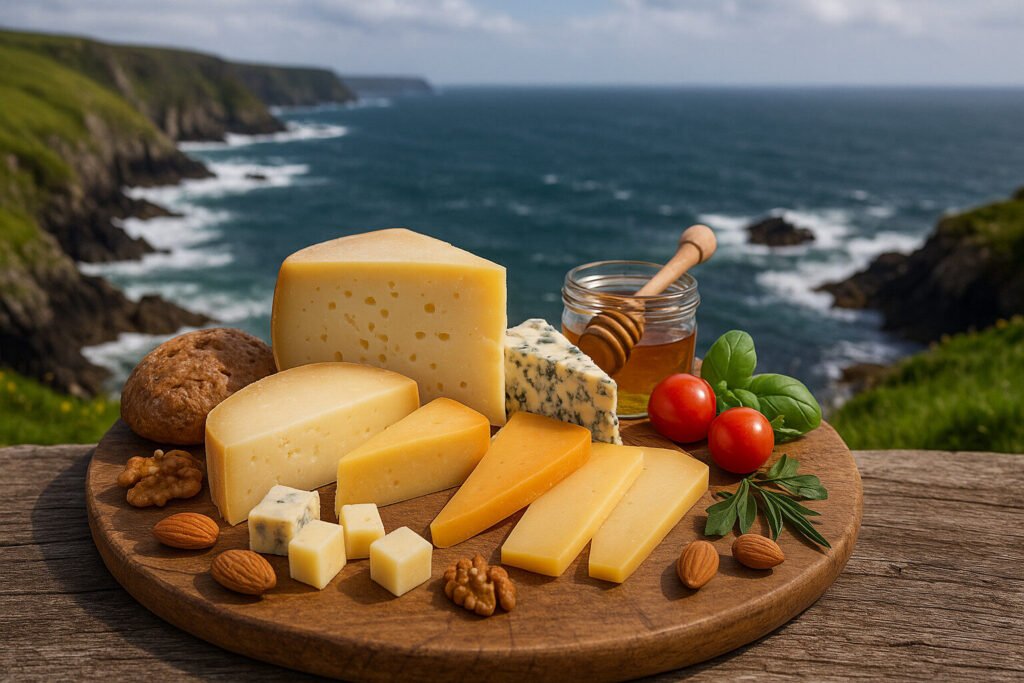Cheese Of Panama
Definition and Scope
Panama cheese refers to a category of fresh, white cheeses produced across Panama. These cheeses are typically made from cow’s milk and are known for their mild, slightly salty flavor and soft, crumbly texture. They are consumed widely within the country and represent a staple in Panamanian cuisine.
The scope of Panama cheese includes varieties like Queso Blanco and Queso Fresco, which are often used interchangeably. These cheeses are characterized by their high moisture content and short shelf life, requiring refrigeration. They serve as foundational ingredients in many traditional dishes and are rarely aged.
Production Techniques
Panama cheese production begins with pasteurized cow’s milk, which is heated and then coagulated using food-grade acids like vinegar or citrus juice. This method, known as acid-set coagulation, results in a fresh cheese that does not require rennet. The curds are drained and lightly pressed to achieve the desired consistency.
After draining, the cheese is typically shaped into small rounds or blocks and may be lightly salted. The entire process is designed for quick consumption, with most varieties ready within hours. Artisanal producers often follow traditional methods, while larger dairies use standardized equipment for consistency.
Sensory Profile
Panama cheese exhibits a clean, milky aroma with a subtle tanginess from the acid coagulation. Its flavor is mild and slightly salty, making it versatile for both savory and sweet applications. The texture is soft, moist, and easily crumbled, which distinguishes it from firmer, aged cheeses.
When tasted, Panama cheese has a fresh, lactic quality without the complex flavors developed through aging or microbial activity. It lacks a rind and has a uniform white appearance. The mouthfeel is smooth yet granular, dissolving easily without being overly creamy or elastic.
Culinary Uses
In Panamanian cuisine, this cheese is commonly crumbled over salads, beans, and corn-based dishes like arepas. It is also melted into sauces or used as a filling for empanadas and tamales. Its mild flavor allows it to complement rather than overpower other ingredients.
Panama cheese is frequently served alongside fruits or used in desserts, such as topping for sweet plantains. It can be pan-fried to develop a golden crust while maintaining a soft interior. Due to its high moisture content, it is not suitable for prolonged grilling or baking without significant melting.
Regional Examples
Throughout Panama, local dairies produce fresh cheeses that vary slightly by region, though they share core characteristics. In the Azuero Peninsula, Queso de Herrera is a notable example, often made with raw milk for a more pronounced flavor. These regional versions maintain the fresh, mild profile typical of the category.
Urban centers like Panama City source cheeses from surrounding rural areas, where small-scale production persists. While artisanal variations exist, commercial brands like Queso La Vaquita have standardized the style for broader distribution. These cheeses remain integral to local food culture across the country.


